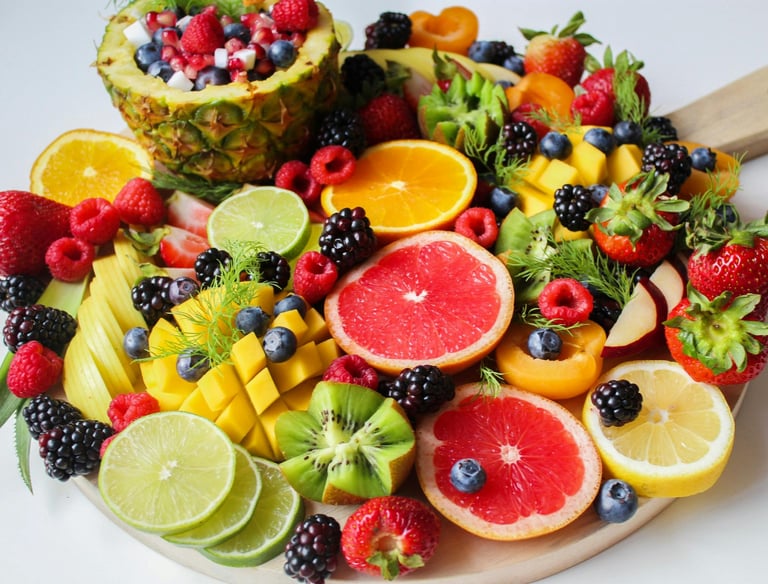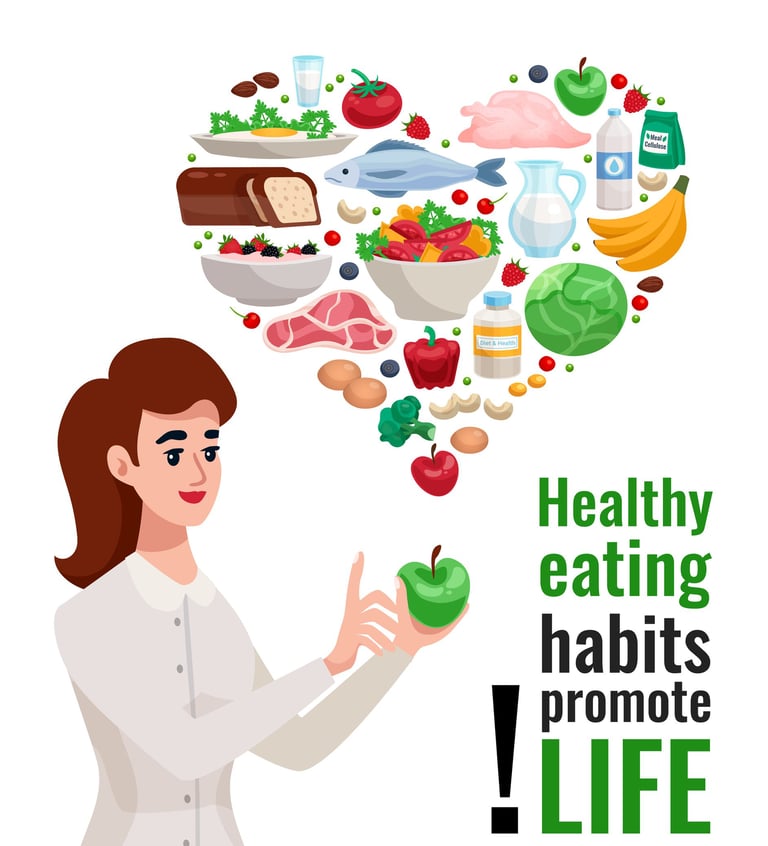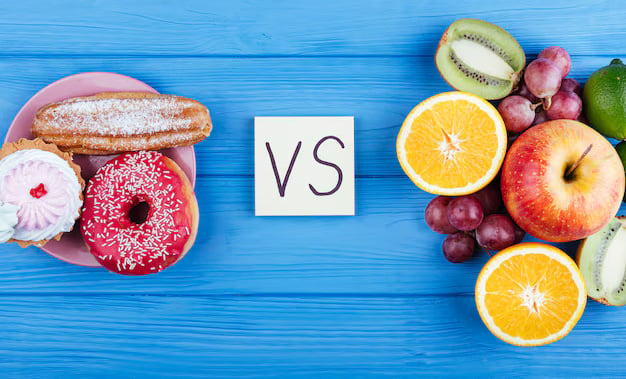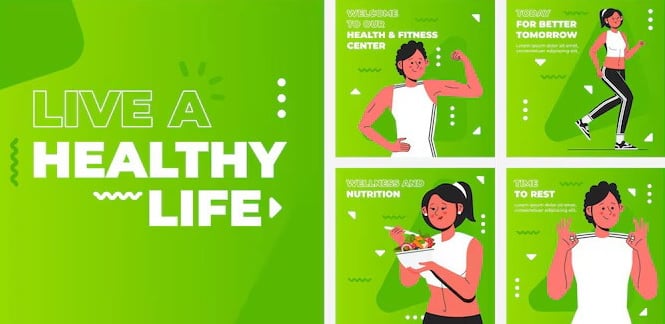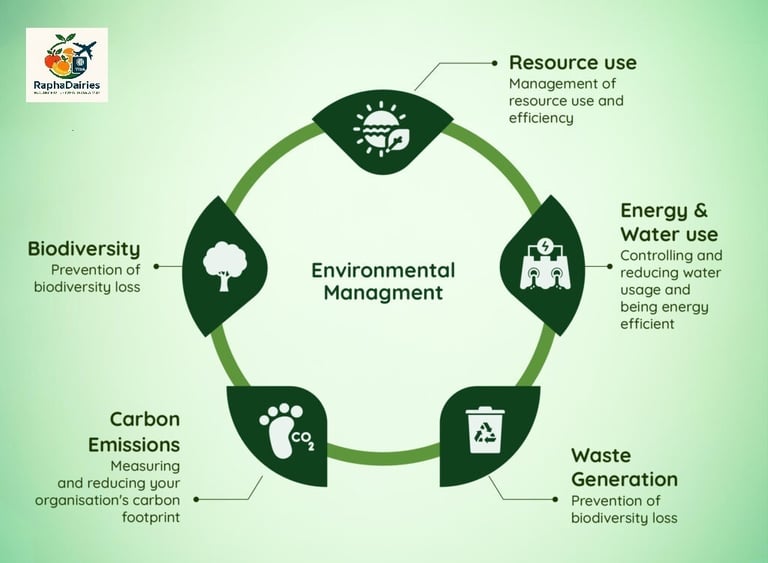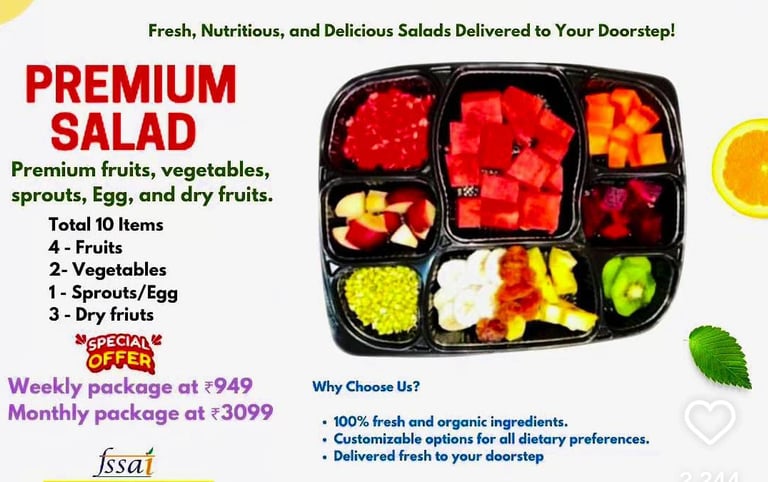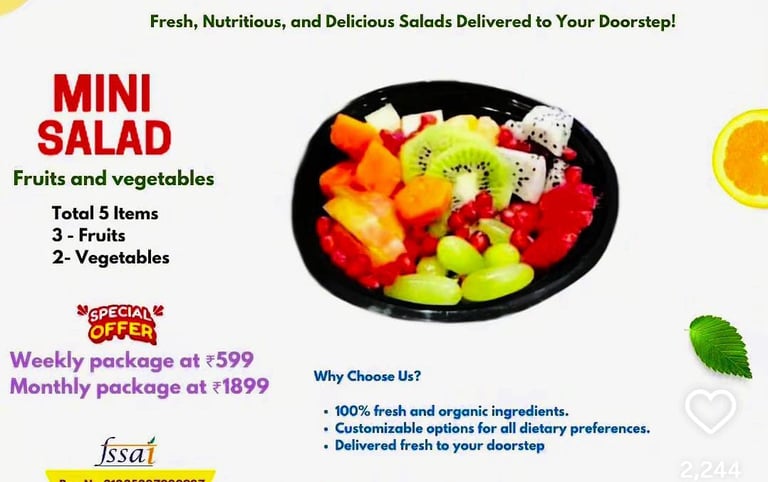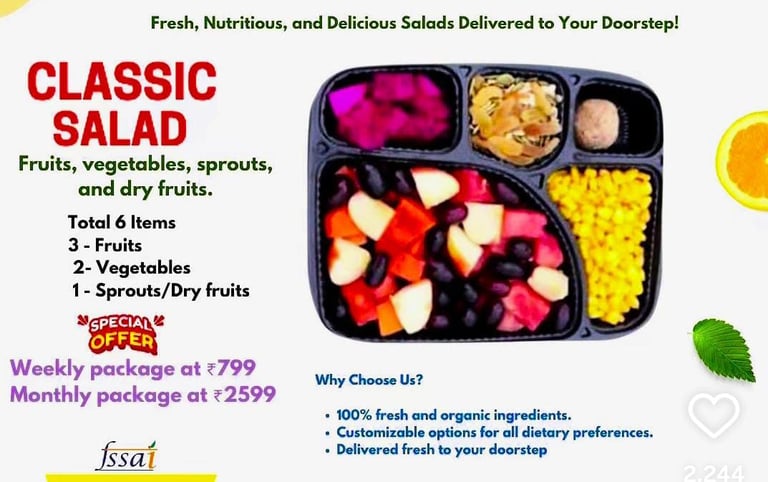
Healthy Cut Fruit
Healthy cut fruit, often referred to as fresh-cut or pre-cut fruit, consists of fruits that are peeled, sliced, or diced and packaged for immediate consumption. This category includes items like pre-packaged apple slices, melon cubes, or mixed fruit salads available in supermarkets.
These products undergo minimal processing to preserve freshness while enhancing convenience. The primary appeal lies in bridging the gap between whole fruits' nutritional value and modern lifestyles' demands for quick, easy options. While some nutrient
degradation can occur due to cutting (such as losses in vitamins C, A, and E from exposure to oxygen and light), many essential nutrients like minerals, B-complex vitamins, and fiber are retained, especially when stored properly. This analysis explores the multifaceted benefits of incorporating healthy cut fruit into one's diet, drawing from nutritional, practical, health, and environmental perspectives.
Nutritional Benefits
Fresh-cut fruits maintain a significant portion of the nutritional profile of their whole counterparts, making them a valuable source of essential vitamins, minerals, and other bioactive compounds. Fruits in general are rich in dietary fiber, which supports digestive health and helps regulate blood sugar levels. They also provide potassium, folate, and vitamins A and C, which are often underconsumed in typical diets. For cut fruits, while water-soluble vitamins like C may diminish slightly after slicing, the core benefits persist: high antioxidant content that combats oxidative stress, promotes healthy skin, and bolsters the immune system.
Moreover, cut fruits can be enriched with natural antioxidants from their byproducts during processing, enhancing their protective qualities against spoilage and maintaining nutritional integrity. For instance, the fiber in cut fruits like apples or berries aids in feeling fuller longer, which can indirectly support nutrient absorption by encouraging balanced meals. Unlike processed snacks, cut fruits are naturally low in fat, sodium, and cholesterol, while delivering nutrients that many people lack, such as folate and potassium. To maximize these benefits, consuming cut fruits soon after purchase and storing them in airtight containers minimizes any potential nutrient loss.
Convenience and Accessibility Benefits
One of the standout advantages of healthy cut fruit is its role in overcoming barriers to fruit consumption. Pre-cut options save time by eliminating the need for washing, peeling, and slicing, making them ideal for busy individuals, families, or those with limited kitchen skills. This convenience directly translates to increased intake: studies and market analyses indicate that the availability of peeled and cut fruit can boost overall fruit consumption by up to 40%, as it removes the hassle factor that often deters people from eating whole fruits.
Additionally, these products are often expertly selected for optimal ripeness, ensuring peak flavor and nutritional value without the guesswork involved in choosing whole produce. They serve as an entry point for beginners in cooking or those experimenting with new recipes, fostering kitchen confidence over time. Cost-effectiveness is another perk; bulk preparation makes cut fruits more affordable per serving than buying and prepping whole items individually, benefiting budget-conscious households. Packaged with tools like biodegradable forks, they promote on-the-go eating, such as during work breaks or school snacks, seamlessly integrating into daily routines.
Health and Wellness Benefits
Incorporating healthy cut fruit into a diet yields numerous health advantages, primarily by encouraging a shift toward nutrient-dense eating habits. A diet abundant in fruits reduces the risk of chronic conditions like heart disease, stroke, certain cancers, and type 2 diabetes, thanks to their anti-inflammatory properties and ability to lower blood pressure. Cut fruits amplify this by making it easier to meet daily recommendations—such as five servings of vegetables and two of fruits—leading to better overall dietary quality.
For weight management, cut fruits are particularly effective: low in calories yet high in fiber and water content, they promote satiety and serve as healthier alternatives to sugary or fatty snacks, potentially aiding in weight loss or maintenance. They also support digestive health by providing a rest for the system when consumed in forms like smoothies or salads, though whole fruits offer more fiber; cut versions still contribute significantly. Pairing cut fruits with proteins like nuts enhances meal balance, improving protein intake and sustained energy. For children and picky eaters, the appealing, ready-to-eat format reduces reliance on processed foods high in refined sugars, fostering lifelong healthy habits.
Environmental and Safety Benefits
Beyond personal health, healthy cut fruit contributes to sustainability and safety. Production processes often minimize food waste by utilizing nearly all edible parts of the fruit, with peels and scraps repurposed for animal feed or composting, aligning with circular economy principles. Packaging, such as recyclable RPET tubs, further reduces environmental impact when properly disposed of.
From a safety standpoint, reputable producers maintain stringent hygiene in clean rooms with microfiltration and protocols to prevent cross-contamination, ensuring allergen control and microbial safety. These cut fruits are a reliable choice for vulnerable groups, like those with allergies or compromised immune systems, while certifications like IFS Food guarantee quality.
Healthy cut fruit offers a compelling blend of nutritional richness, convenience, and health-promoting properties that make it an excellent addition to any diet. By retaining key nutrients, boosting consumption rates, supporting weight management, and reducing waste, it addresses both individual wellness and broader societal needs. While it's important to consume them fresh to preserve benefits and pair them with a varied diet, the advantages far outweigh minor drawbacks like potential vitamin loss. Embracing cut fruits can lead to sustainable, enjoyable, healthy eating, ultimately contributing to long-term well-being.
